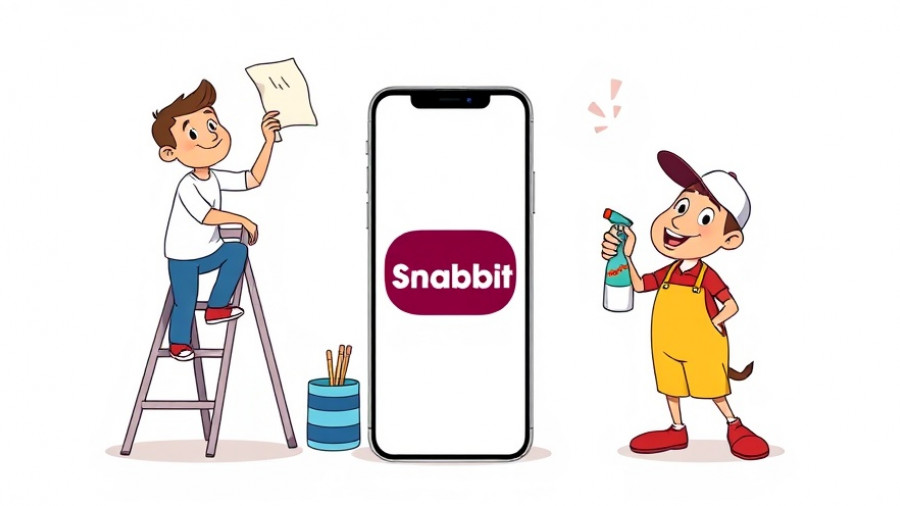
The Rapid Rise of GitHub Copilot: A Milestone for AI Coding Tools
In an impressive leap forward, GitHub Copilot, the AI coding assistant developed by Microsoft, has surpassed 20 million all-time users. Announced during a recent earnings call by Microsoft’s CEO, Satya Nadella, this milestone reflects the growing impact of artificial intelligence in software development and showcases the tool's significant penetration into the tech ecosystem.
Understanding User Engagement in AI Tools
While the allure of reaching 20 million users is undoubtedly strong, it’s critical to discern how many of these users are actively engaging with the product. As of April, only about five million users have recently initiated use of the tool, signaling that while the initial interest is high, ongoing engagement could be a different story. Microsoft has not disclosed how many users utilize Copilot on a daily or monthly basis, but industry analysts suggest these figures may be significantly lower.
AI Coding Tools: A Growth Sector in Technology
GitHub Copilot's popularity illustrates a broader trend in the tech landscape where AI-driven tools are gaining traction, especially among corporate giants. Notably, 90% of Fortune 100 companies are utilizing Copilot, indicating a pronounced shift towards the adoption of AI tools in enterprise environments. This emerging trend is supported by a reported growth rate of 75% since last quarter among enterprise customers, hinting at a rapidly evolving market where businesses are increasingly willing to invest in innovative technologies that enhance productivity and efficiency.
Comparative Analysis: Copilot vs. Competitors
Despite GitHub Copilot's impressive growth, it still lags behind AI chatbots like ChatGPT in terms of user base numbers, which attract hundreds of millions every month. However, the niche functionality of coding assistants offers something uniquely valuable to software engineers, who may find it more advantageous to invest in specialized tools like Copilot. Notably, competing AI coding tool Cursor is also gaining momentum, recently announcing a substantial increase in annual recurring revenue, which highlights the intense competition in this sector.
The Future of AI in Software Development
Looking ahead, the prospects for AI coding tools like GitHub Copilot seem promising. As demand for efficient coding solutions continues to rise, and with increasing evidence of the value these tools provide, the AI coding landscape may very well undergo transformative changes. Companies that adapt early to these technologies could set themselves apart in the competitive landscape of software development.
Actionable Insights: Adopting AI Tools in Business
For tech-driven industries and corporate decision-makers, embracing tools like GitHub Copilot could provide a significant competitive edge. Organizations should consider integrating AI capabilities into their workflows to enhance development speed and accuracy. As demonstrated by GitHub Copilot and its competitors, the effective deployment of AI in software engineering can lead to long-term benefits, confirming that the future of coding may heavily involve these advanced technologies.
As we reflect on GitHub Copilot's impressive milestone, it becomes clear that understanding the nuances of user engagement and industry trends can inform better business strategies for leveraging technology in today’s dynamic environment.
 Add Row
Add Row  Add
Add 




Write A Comment